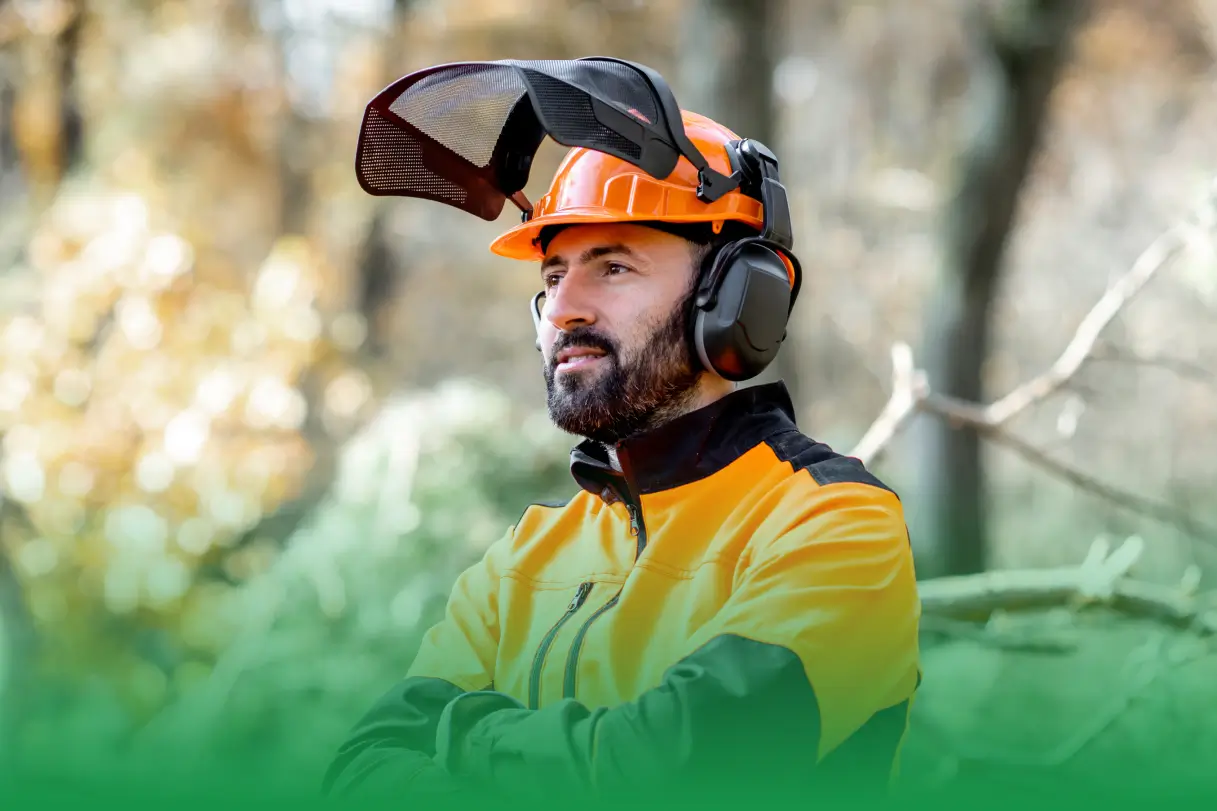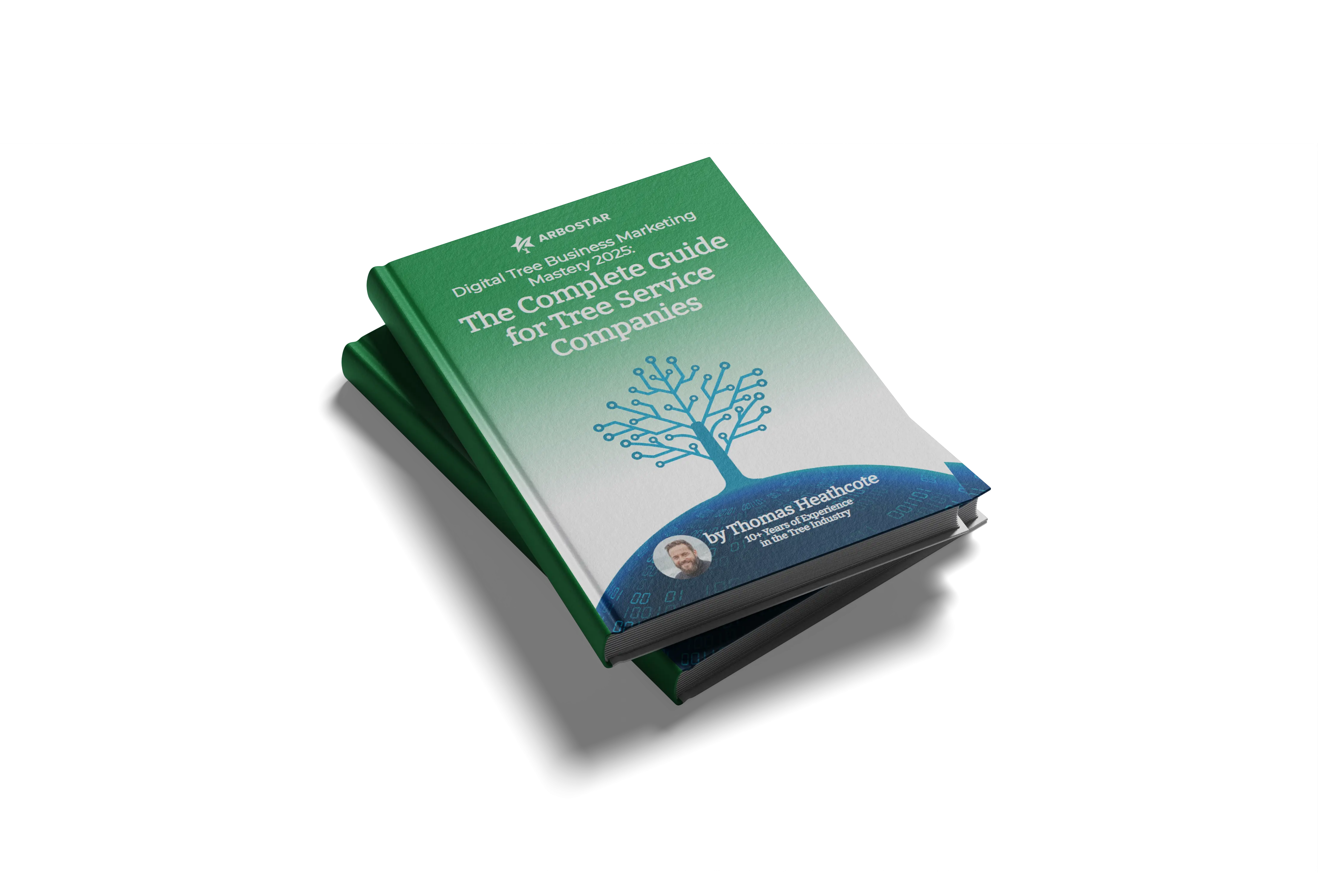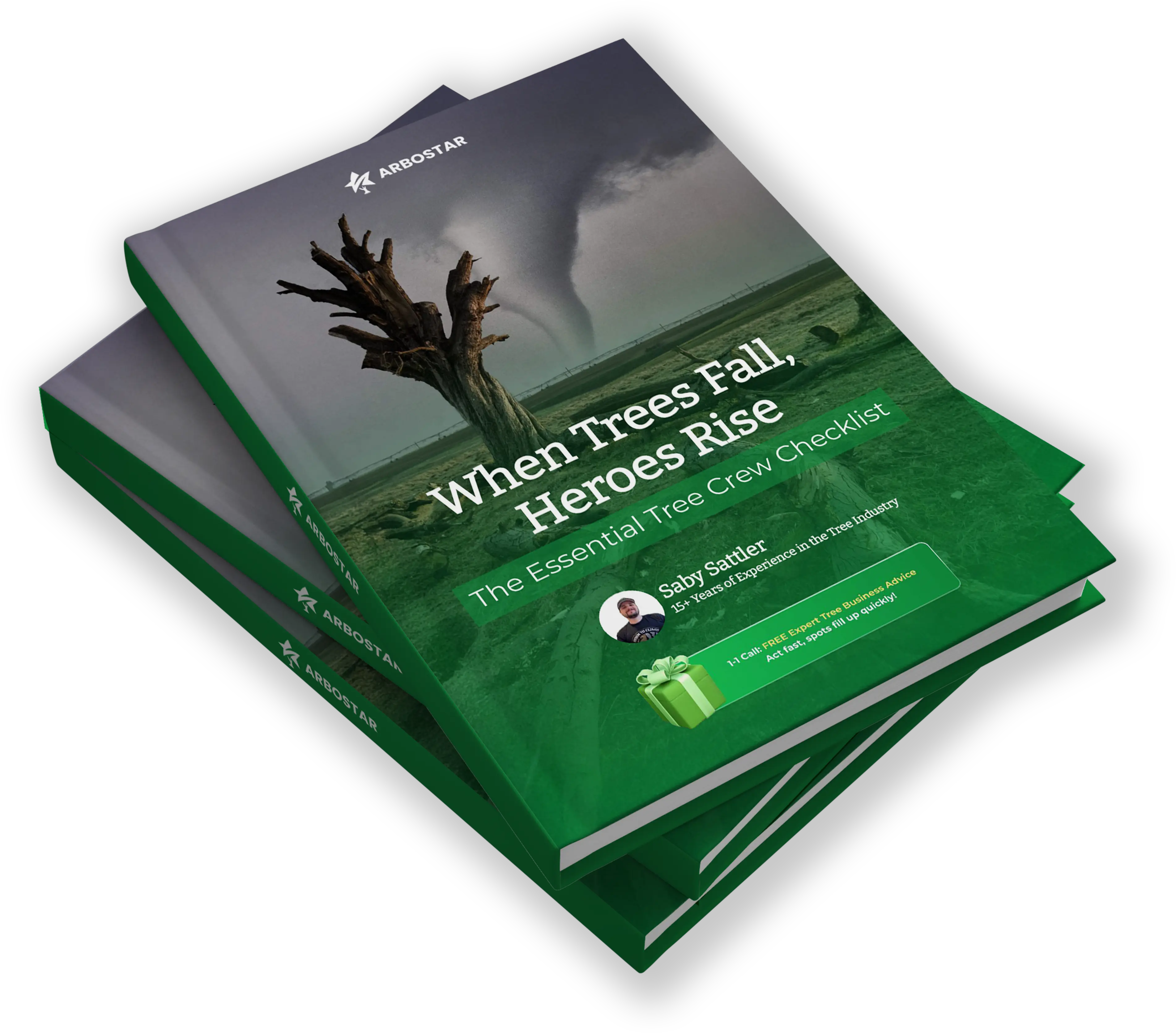Top Eco-Friendly Tree Care Products Every Arborist Should Use

In the ever-evolving field of arboriculture, the integration of eco-friendly practices and products is not just a trend but a necessary shift towards sustainability. As climate change intensifies, bringing with it a slew of extreme weather events, the need for innovative, environmentally conscious tree care solutions has never been more critical. For arborists, tree care companies, and enthusiasts, adopting green practices isn't just about nurturing trees but also about contributing to a larger environmental ethos. In this detailed exploration, we'll dive into the top eco-friendly tree care products every arborist should use, their benefits, application methods, and how these practices can shield our green giants against the caprices of extreme weather.
The Imperative for Eco-Friendly Tree Care
Trees are vital to our ecosystem, offering oxygen, shade, and habitats for countless species, besides beautifying our landscapes. However, the increasing threats from urbanization, pollution, and extreme weather events demand a more conscientious approach to tree care. Here, sustainable tree care products and practices come into play, offering a path to maintain the health and structural integrity of trees without compromising the environment.

Sustainable Tree Care Products
-
Biodegradable Mulches: Mulching is crucial for moisture retention, soil temperature regulation, and weed control. Biodegradable mulches, such as those made from organic matter like wood chips, bark, or straw, decompose over time, enriching the soil with nutrients. Unlike synthetic mulches, they don't leave behind any harmful residues, making them an excellent choice for sustainable tree care.
-
Organic Fertilizers: The shift towards organic fertilizers is gaining momentum in tree care. These fertilizers, derived from natural sources such as compost, manure, and bone meal, release nutrients slowly, reducing the risk of over-fertilization and ensuring that trees receive a steady supply of essential nutrients. They also improve soil structure and promote the activity of beneficial microorganisms.
-
Tree Cabling and Bracing Systems: To protect trees from the structural damage caused by extreme weather, eco-friendly tree cabling and bracing systems are indispensable. These systems support trees, preserving their structural integrity without interfering with their natural growth or causing damage to the bark. Materials used in these systems are often recyclable and designed to have minimal impact on the tree and its surroundings.
-
Eco-Friendly Pest Management: Integrated Pest Management (IPM) strategies prioritize eco-friendly solutions to pest and disease management. This includes the use of biological controls like beneficial insects, mechanical controls such as tree banding, and the minimal use of chemical treatments, focusing on those with low environmental impact.

Application Methods and Benefits
The application of these eco-friendly products and practices requires a knowledgeable approach. For instance, when applying biodegradable mulches, it's important to maintain the correct thickness to avoid issues like root rot. Similarly, organic fertilizers should be applied based on the specific nutrient needs of the tree, as determined by soil testing.
Tree cabling and bracing should only be performed after a thorough assessment of the tree's structure, and by using systems that offer both strength and flexibility to accommodate the tree's growth. IPM, meanwhile, requires regular monitoring of tree health and pest populations to effectively manage potential issues with minimal environmental impact.
The benefits of adopting these eco-friendly tree care products and practices are manifold. Not only do they contribute to the health and longevity of trees, but they also ensure the well-being of the ecosystem at large. By reducing the reliance on chemical treatments and non-renewable resources, arborists and tree care companies can significantly diminish their environmental footprint.

Protecting Trees Against Extreme Weather
The increasing frequency of extreme weather events poses a significant threat to trees. The strategic application of sustainable tree care practices can fortify trees against these threats. For instance, proper mulching can help retain moisture during droughts, while tree cabling and bracing provide additional support during storms. Regular health assessments and maintenance, guided by an eco-conscious approach, are key to enhancing a tree's resilience to environmental stresses.
The Importance of Sustainable Tree Care
Tree care is not like car tuning; it is more complicated and cannot be treated carelessly in our ever-complicated world. Pollution still exists and contributes to climate change, coupled with rapid urbanization. These issues require careful consideration of how trees – essentially the lungs of the earth – can receive care while minimizing damage to the environment.
The focus is on maintaining and improving tree health without compromising the surrounding ecosystems or exhausting natural resources. As such, sustainable tree care practices involve the use of organic products and holistic, natural approaches that avoid harmful chemicals. We also need to take care of our trees by employing best practices, including the use of organic fertilizers, proper mulching techniques, and protecting trees from extreme weather with cabling and bracing.
It is also critical that the adoption of organic solutions becomes the new goal for arborists because sustainable interventions improve the environment and its green spaces. Over time, people can learn from the importance of sustainable tree care practices and work towards attaining that goal.
What Are the Types of Sustainable Tree Care?
Sustainable tree care includes a combination of environmentally friendly methods and products that also benefit trees. One such method is the application of biodegradable mulches, which improve the soil as they decompose over time and do not leave behind any harmful residues.
Organic fertilization also plays a significant role. Moisture, compost, or even bone meal is applied to ensure that trees are fed without resorting to chemicals, staying true to sustainable tree care that enhances microorganisms in the soil.
Integrated Pest Management (IPM) is another practice, where trees are cared for using biological controls, such as beneficial insects, reducing reliance on chemicals.
Additionally, there are environmentally friendly pruning tools that help reduce waste and encourage healthy tree growth.
Furthermore, tree cabling and bracing allow trees to withstand extreme weather conditions without inhibiting their natural growth. In this way, arborists can practice environmentally sound tree management that makes the earth a better place.
How to Increase Sustainable Tree Care?
The start of sustainable tree care within your tree management practice is to have the willingness to embrace environmentally friendly patterns. The first step should be to establish a regime that reduces the overuse of synthetic fertilizers and chemicals by incorporating organic fertilizers and biodegradable products. This reduces the environmental footprint and contributes to improving soil texture.
Another way to improve sustainable tree care is by incorporating water conservation measures through proper mulching and the use of drought-tolerant species in landscaping. These practices help reduce excessive watering without compromising tree health. Sustainable practices in arboriculture can be taken a step further through technology, such as using software to schedule work for teams to minimize fuel consumption with optimal routing.
Lastly, these interventions include frequent tree health assessments and preventive techniques, such as tree cabling and bracing, which safeguard trees during violent storms without drastic measures. Education is another key factor – by educating clients and communities about these practices, we can develop a culture that supports sustainable tree care. Any activity directed toward sustainable tree care helps create a clean and healthy environment.

Conclusion
As the guardians of our green heritage, arborists and tree care companies have a pivotal role in adopting and advocating for sustainable practices. The transition to eco-friendly tree care products is not just a professional responsibility but a moral imperative in the face of environmental challenges. By integrating these practices, we not only ensure the health and longevity of trees but also contribute to the broader goal of environmental stewardship.
The increasing frequency of extreme weather events makes it crucial for arborists to take proactive steps in tree management. With arborist business software, professionals can track tree stability, schedule preventive maintenance, and implement structural support solutions like cabling and bracing with greater efficiency.
In the journey towards sustainable arboriculture, every step counts. By choosing eco-friendly tree care products and practices, arborists can make a tangible difference, ensuring that our trees, and the planet, thrive for generations to come.



















